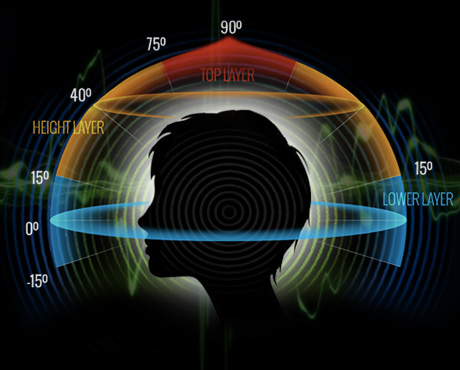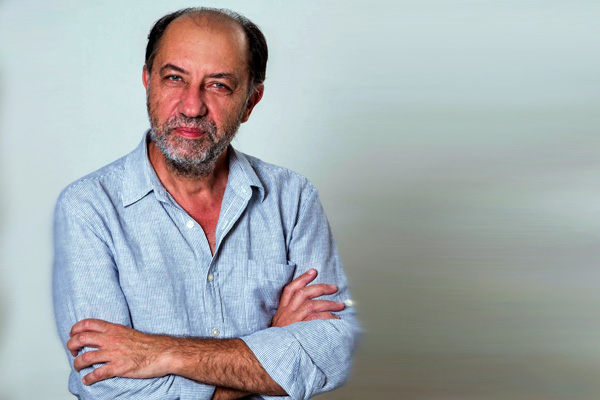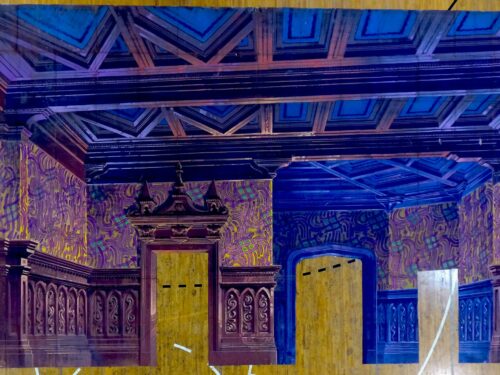
This project aims to explore the idea of holographic and three dimensional audio, and shall approach the idea of three dimensional or rather holographic audio from a new perspective, starting from the ground up, in an attempt to redefine and remodel the operating paradigms of aural experiences and aesthetics.
The goal of this project is to investigate holographic audio – sound that is in motion in space and reacts in relation to the audience. The idea behind holographic audio stems from the principles behind holography. Holography is a process where one records ‘interference fringes’ which are created when two wave fronts overlap, a process which does not differ too much from the ‘stereo’ principle when recording audio, and similarly the idea of ‘stereo imaging’ can be utilised for both light waves as well as sound waves. “This principle [Holography] is not confined to light waves and can also be used in the recording of interfering sound waves.” (Schröter, 2011, p.25)
This project’s ideology differs from other immersive and three dimensional audio experiences such as binaural audio and 3D audio engines which can only be experienced through headphones and surround audio which is speaker based, together with newer variants of surround audio such as Dolby Atmos which is coordinate based rather than speaker based, but is still limited by the amounts of available speakers. This project makes use of actual space and maps the relationship between audio sources and the listener, as they happen in real life.

Rather than attempting to build content that can be utilised in all scenarios, be it home theatre, commercial cinemas, in a vehicle etc, which limits the placement and number of speakers in a particular space, this project deals with specific audio projects where content shall be specifically created to produce an immersive experience.
The way this shall be achieved is by creating a space that surrounds the listener from all angles, and where individual speakers shall transmit individual audio sources, much like one experiences on a daily basis. The speakers shall also be reactive to the listener’s location within the space and levels, panning and other automations shall all be dependent on the listener’s movement and location.
To read more about the project click here.





